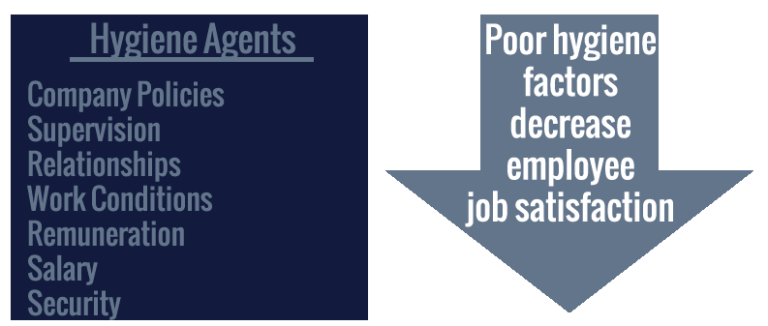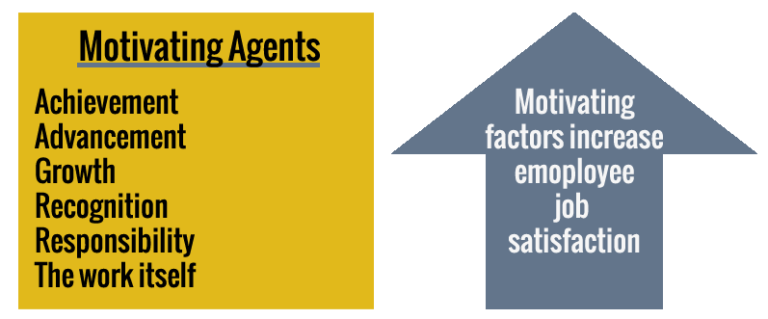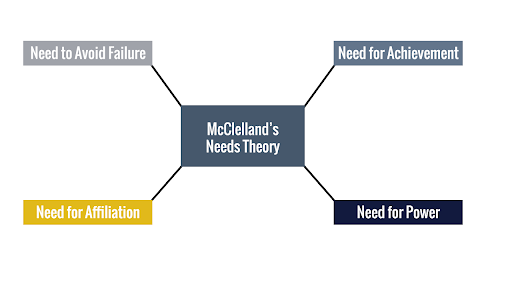Find Fulfilment and Mental Freedom with Framing
The systems go down in work. Person A panics, they were just dealing with a customer and when the phone line cut off, they felt like they have let them down and guilt settles over them. Person B raises their arms in the air “woohoo, paid break! Might as well grab a brew!” Person C grumbles “great, last time this happened they sent us home unpaid. Why do bad things always happen to me?!” Person D looks around for something else they can do whilst the systems are down.
That’s just the first 4 people, in an office with 100 employees, 100 of them may have different reactions. So Why does this happen? It all comes down to how we choose to view the world. A room full of people may witness an event but each will have a slightly different take on what happened, how it happened and why it happened. The reason? It all comes down to Framing. Join us in the article as we explore what framing is, the benefits of changing your frame and how to change it.
What is framing?
If you are walking down the street and see two people fighting, you may be thinking all kinds of negative things about the people involved and of avoiding them as much as possible. If you change the frame of it being a street however and put the fighters in a ring with an official ruleset, the likelihood is that those negative assumptions will turn into positive thoughts about skill, Resilience and hard work. Instead of avoiding them, you will want an autograph.
What’s happened here, is you have changed the frame in which you view the fight. At the end of the day, the raw data is still two people fighting, you have just changed the context in which you see it. By changing the context, we change the way we see the situation. It is therefore a powerful tool to help yourself and others overcome obstacles and see the world from a different perspective.
The benefit of changing your frame
Wouldn’t it be nice if you could change how you react to a situation? Well, that’s the power of Framing, it allows you to change your perspective on something in order to view it from a different perspective. This empowers you to change how you react to it.
Consider how you would act to the below:
- You see a man run up to a woman, take her handbag and run back the way they came from.
- What would you be thinking?
- How would you be feeling?
- What action would you be driven to take?
- You keep watching the man who runs up to an elderly lady on the floor, helps her up and hands her the bag.
- What are you thinking now?
- How are you feeling now?
- Would you still be driven to take the same action as before?
The likelihood is that you have assumptions and beliefs about a person taking something from another person – that’s the frame you saw it through first. When you see a person hand something to another person, again – it triggers thoughts and feelings based on how you see the world – based on the frame you are looking through.
It is impossible to know the whole context of any situation, so we are always looking at life through our chosen beliefs and values. One of the most useful frames in life is this:
“Everyone is trying their best with the resources and tools they have.”
This frame allows you to be patient, compassionate and empathetic.
Someone’s shouting at you? – They don’t have a better way to deal with their emotions.
Someone’s stealing? – They don’t know a better way to get what they need.
Someone’s taken credit for your work? – They don’t have confidence in their own work, they have a need to feel valued and they don’t have the tools to do it themselves.
What’s important is that you still set healthy boundaries and expectations. Seeing the world this way isn’t about being walked over, it’s about avoiding the trap of spiralling negativity. It’s about looking for the good (because the more you look for it, the more you see).
What’s going to make you more effective:
Seeing and expecting the worst in others?
Or
Assuming that everyone has good intentions, they just need to work on their execution?
How to change your Frame
There are a few different frames you can look through at any given time to change yours and another persons perspective. Whilst you can create your own frames for how you see the world, we cover some basic NLP frames below alongside some sample questions that should help you elicit this Frame:
The Outcome Frame
This frame is great for evaluating actions and behaviours against the outcome you or your coachee wants.
Sample questions for this frame:
Did this get us closer to the goal?
Are we where we wanted to be?
What could have gone better?
What do we need to do next?
Has this changed my next step?
Ecology Frame
This frame works well if you want to see the larger impacts of actions taken. If you feel uneasy about an action taken, its a good opportunity to use the Ecology Frame.
Sample questions for this frame:
How has this impacted (positively and negatively) our family/team/company/customers/community/culture?
Does this align with our values?
Does this show respect to others involved?
Would this stand up to public scrutiny?
Have we acted with integrity?
If someone did this to us, how would we feel?
As if Frame
If you’re looking to get creative with finding solutions, this Frame may work wonders for you. When working with a Coachee, this Frame can motivate them to act. To use this, think ‘as if’ things had already happened or were possibilities.
Sample questions for this Frame:
What would happen if ‘X’ was different?
What options would you have if ‘Y’ wasn’t in your way?
How would you feel if you had ‘Z’?
Once you have achieved your goal, what will you see, feel, hear, taste and smell?
If there were no barriers, what would your ideal life be like?
Relevancy Frame
This frame is superb for getting conversations and situations back on track. Use it in a meeting or coaching session when things go off topic or ideas don’t quite add up to the ideal outcome.
Sample questions for this Frame:
How is this relevant?
Could you tell me how this will help us achieve the goal?
Are we still talking about ‘X’?
We seem to be stuck on ‘X’, should we focus on ‘Y’?
I’m sorry, I thought we were talking about ‘X’, can you help me understand where we are now?
The Contrast Frame
This is a great tool we can use as coaches and Leaders to help someone pick between contrasting options or understand the difference between where they are now and where they will be once the accomplish their goal. The second way this cam be used is to provide 2 options that give the illusion of choice – parents likely do that with “you can do it now or in 5 minutes.” – the task is getting done regardless but the other person feels in control of an element. As a Coach be mindful of how and when you use this, remember – it’s our job to extract information and help people find solutions, not pin them down with set choices.
Sample questions for this Frame:
What will be different once ‘x’ happens?
How will achieving ‘Y’ make you feel different?
How will your life be different afterwards?
What skills will you have attained at that point?
You can do ‘A’ or ‘B’, which is it?
It sounds like you need to do ‘A’, is it better to do it now or later?
What’s the difference between doing it now or on Monday?
‘X’ needs to be done. Would you rather do part ‘A’ or ‘B’
The Agreement Frame
This is a useful tool for avoiding conflict and looks to expand on what a person has said, even if you are positioning an alternative view. Avoid the terms; ‘but’, ‘however’ and ‘I understand” at all costs for this frame to work. The reason for this is that ‘but’ and ‘however’ disregard anything you have just said prior to these words being used, showing the other person that you are about to disagree. ‘I understand’ can come across as patronising unless it is applied tactfully.
Statements for the Agreement Frame:
I agree and wanted to add…
I respect your opinion. We also need to consider…
You seem passionate about this issue, have we taken into account for…
I appreciate your honesty here, I just wanted to add…
Custom Frame
If you Wanted to create your own Frame that you feel would benefit your life and who you want to become, consider a value or belief that you are choosing to see the world through. Create a bank of questions you could ask yourself to test whether or not you are operating within that value and belief.
Whilst there are more frames available in NLP, such as the Backtrack, Open and Appreciative frames – the above are some of the most useful when coaching yourself or others.
Summary
Frames are extremely useful ways of changing how we think about a situation. They help us take a different perspective, Understand our goals and resolve potential conflicts. Some useful Frames to use in Coaching are; Outcome, Ecology, As if, Relevancy, Contrast and Agreement. You can find a great video by Stephen Covey called ‘Paradigms’ which explores the effects of beliefs and perspectives on our lives. What do you think the most valuable thing about Framing is?
This Blog was written by Simon Tickner from Develop the Edge
Our Apprenticeships
Contact Us
Stay Up To Date
Our Training Courses





